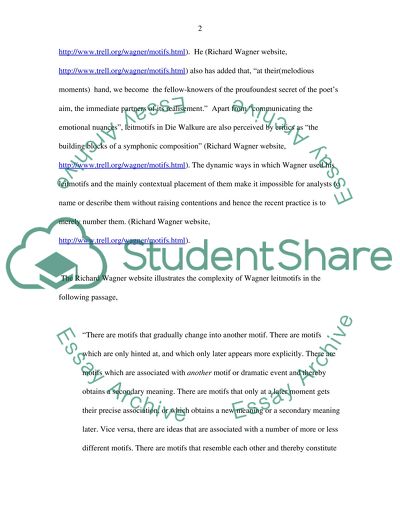Cite this document
(“Music for the Stage (Wagner-Die Walkre) Essay Example | Topics and Well Written Essays - 1500 words”, n.d.)
Music for the Stage (Wagner-Die Walkre) Essay Example | Topics and Well Written Essays - 1500 words. Retrieved from https://studentshare.org/music/1558863-music-for-the-stage-wagner-die-walkre
Music for the Stage (Wagner-Die Walkre) Essay Example | Topics and Well Written Essays - 1500 words. Retrieved from https://studentshare.org/music/1558863-music-for-the-stage-wagner-die-walkre
(Music for the Stage (Wagner-Die Walkre) Essay Example | Topics and Well Written Essays - 1500 Words)
Music for the Stage (Wagner-Die Walkre) Essay Example | Topics and Well Written Essays - 1500 Words. https://studentshare.org/music/1558863-music-for-the-stage-wagner-die-walkre.
Music for the Stage (Wagner-Die Walkre) Essay Example | Topics and Well Written Essays - 1500 Words. https://studentshare.org/music/1558863-music-for-the-stage-wagner-die-walkre.
“Music for the Stage (Wagner-Die Walkre) Essay Example | Topics and Well Written Essays - 1500 Words”, n.d. https://studentshare.org/music/1558863-music-for-the-stage-wagner-die-walkre.


